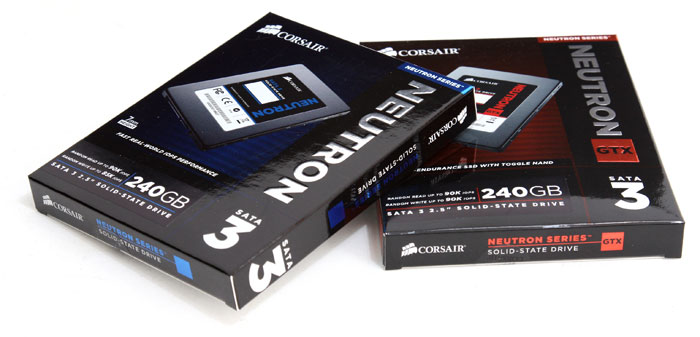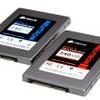Introduction

A little while ago a press-release reared its head, it was from Corsair announcing the Neutron series of SSDs. By itself that's nothing special as Corsair has a lot of SSDs in their line-up, however this series pops out, as it comes with a SATA3 controller we had never heard of. The controller is made by Link_A_Media Devices (LAMD) and honestly I expected nothing really special other then a new mid-range'ish SSD.
A couple of days ago two Neutron SSDs arrived in our lab for a quick run in our F1 SSD circuit and woaah nelly... these SSDs definitely perform above my initial expectations. Yeah see, in the SSD market things keep shifting and changing, including different types of NAND Flash storage ICs. SLC, MLC then synchronous and a-synchronous have been the topic of many a debate and discussion. A (relatively) new type of FLASH NAND memory is becoming quite popular for SSDs at the moment. Toggle NAND flash again promises to boost peak performance and at a very good price/performance ratio.
Toggle NAND flash also offers a faster maximum random 4k write performance of 85~90k IOPS according to Corsair benchmarks. So the two top dog NAND Flash types to get then are a-synchronous and Toggle NAND when it comes to SSDs.
Corsair now introduces the Neutron and Neutron GTX SSD series, and they are equipped with that LAMD controller. The GTX version is paired with Toggle NAND flash ICs from Toshiba whereas the 'regular' model comes with 'normal' ONFI Sync NAND memory. Both SATA3 SSDs offer serious performance, with the GTX taking the lead.
Both have features to benefit NAND endurance and reliability (called eBoost). This includes on-the-fly error correction and advanced NAND management technologies. The Neutron Series GTX drives also include Adaptive DSP technology, which maintains superior performance throughout the lifetime of the SSD. Both SSDs are extremely fast, and particularly suited to heavy workloads, where high random read and write are important. Theres no performance difference between compressed and uncompressed data too.
- Corsair's Neutron GTX 240GB offers 555 MB/s sequential reads 511 MB/s sequential writes with Max Random 4k Write (IOMeter 08) 85k~90k IOPS (4k aligned).
- The Corsair Neutron model will be a hint slower at Max Sequential R/W (ATTO): 555 MB/s sequential read 370 MB/s sequential write with Max Random 4k Write (IOMeter 08): 85k IOPS (4k aligned).
Each of the Neutron SSDs will be available in a two-fold of drive capacities: 120GB and 240GB, later on perhaps we'll spot more volume sizes as the controller can go up-to 1 TB.
With 4K random write performance estimated at 85,000~90,000 IOPS (input/output operations per second) the products are definitely in the right performance bracket we like to see Corsair in. But have a peek, after which we'll dive into the technology behind it and obviously we'll present you a nice deep performance overview.


